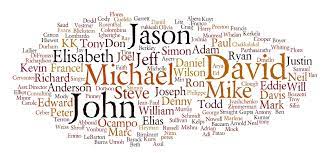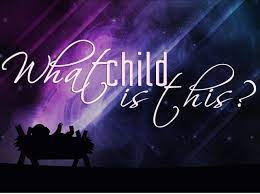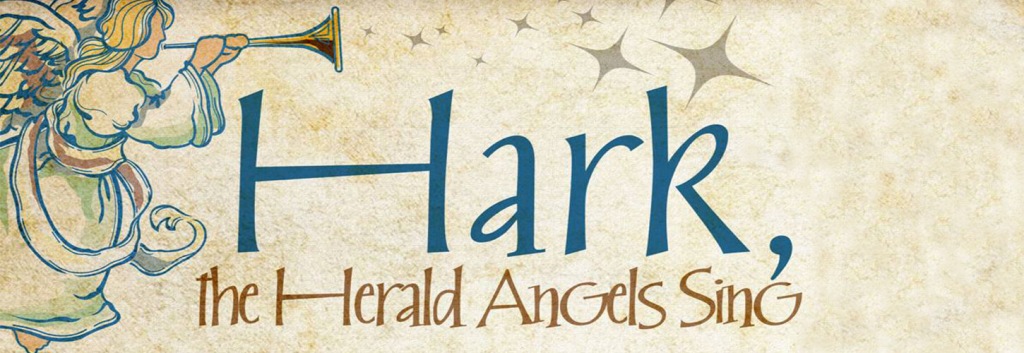
From someone who has had to spell his name for people all his life and had people misspell his name often (including family), I plead with parents-to-be . . .
Don’t. Do. It!
Right now you might think it’s cute and unique, but it can be a life of frustration for your child. It’s no fun. Trust me. Your name is the most important thing that identifies you.
My name is Dannie–just Dannie. Not Daniel or Danny! It’s to the point where I try to always use “Dan Brown” when I’m introducing myself to people for the first time in an email or text just so they are aware that I am a man and not a woman. Some people assume that because your name is spelled “Dannie,” you must be the female version of Danny–not this man! I was well into adulthood before I found another person–man or otherwise–whose name was spelled the same as mine.
My name was further complicated when my parents gave me the middle name of “Lee.” Sometimes when I sign my name as Dannie L. Brown, some people think my name is spelled Danniel Brown–uggh!
I recently saw a person’s name spelled as “Jaxsyn”–I presume/assume, and anything else you’d like to guess, that it’s a variation on “Jackson”–like, what’s wrong with “Jackson”? It also isn’t clear as to whether the child is male or female. Now, I know some people might name a girl “Jackson”, but it would be an anomaly on average.
I don’t think I’ve ever opened up publicly about my frustration about the spelling of my name, or should I say, the “misspelling” of my name, but this recent use of a strange spelling of a common name triggered it within me. I get parents wanting to give a child a unique name, but why unique spelling?
I’d love to hear from others who have had similar experiences to mine and who would also want to advise parents-to-be to “Don’t. Do. It.”








